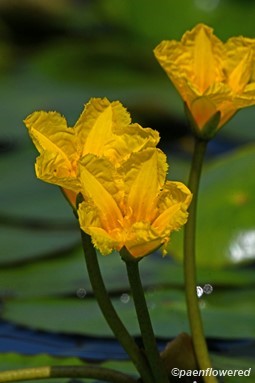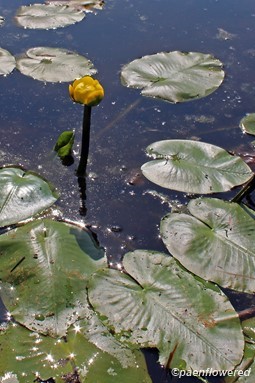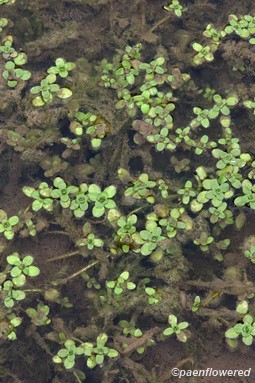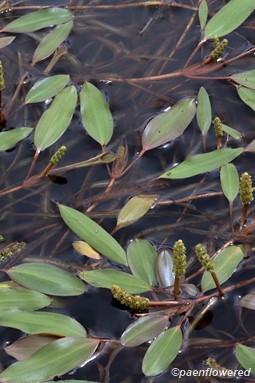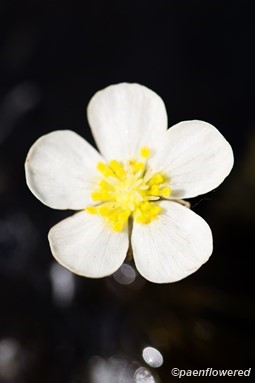Aquatic Plants
Aquatic Plants
Overview
There are three types of aquatic plants - emergent, floating-leaf and submergent.
Emergent plants have roots in the substrate and grow up and out of the water. They tolerate fluctuating water levels and provide important services such as nutrient and sediment trapping. Emergent plants grow in shallow water at margins of lakes, ponds and streams (closest to the shore) and often form a continuous band at the edge of the water. Some examples are pickerelweed, broadleaf arrowhead and threeway sedge.
Floating-leaf plants have roots attached to the substrate and leaves floating on the water surface. Flowering occurs at the surface of the water or just above. Some examples are watershield, fragrant waterlily and yellow floating-heart.
Submergent plants grow mostly under water. Some are fully submergent and some have floating or slightly emergent parts. Some are rooted to the substrate and some have no root system at all. Flowering may occur underwater, at the water surface or on short emergent stem tips. Some examples are American eelgrass and Eurasian water-millfoil.
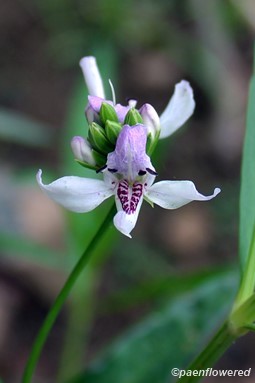


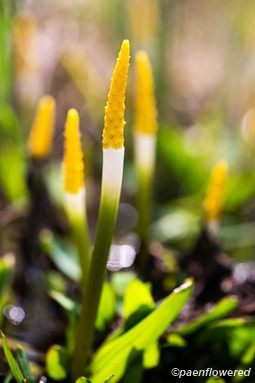





.png?v=638965928630000000)




.png?v=638965923700000000)
.jpg?v=638966775120000000)


.png?v=638966791170000000)
.png?v=638966063920000000)
.png?v=638966057230000000)
.png?v=638966801730000000)






